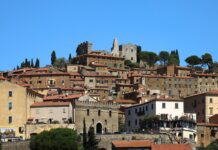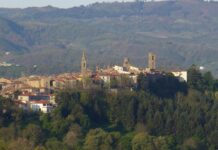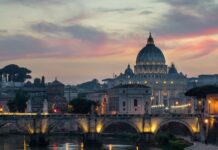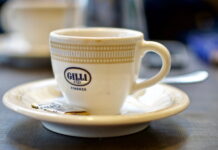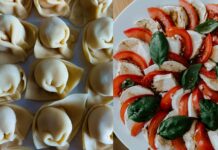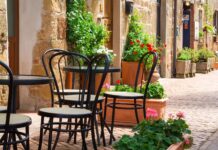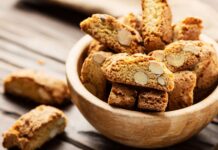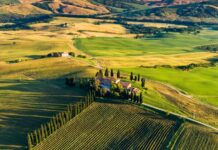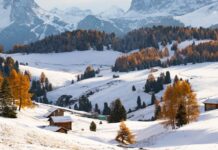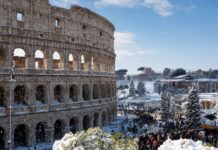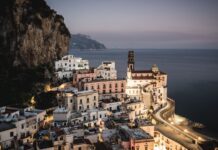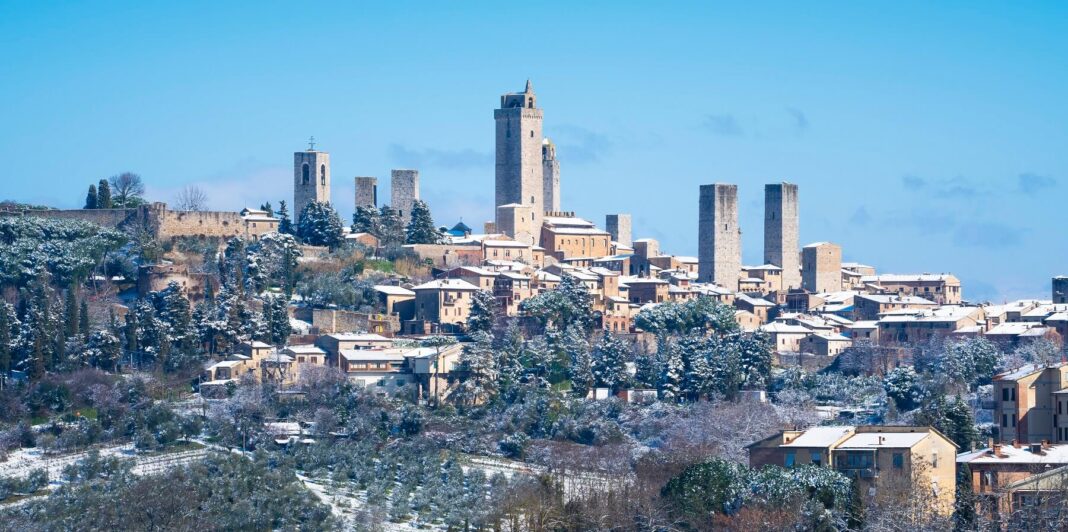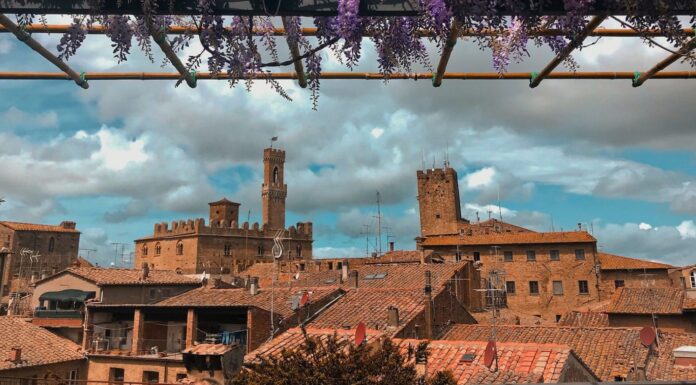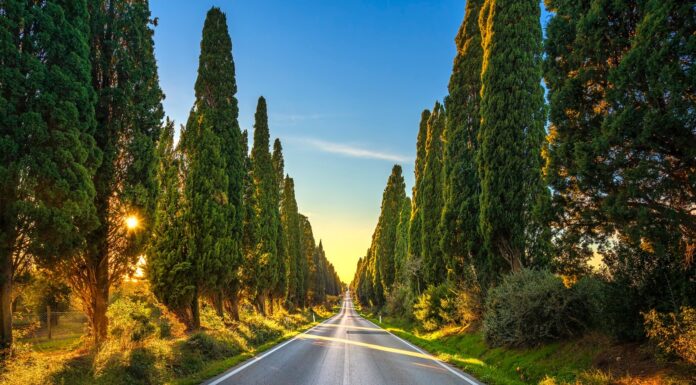While Tuscany is often associated with warm weather, exploring this charming Italian region in winter can be a delightful surprise. Embrace the colder months for a unique and cost-effective experience!
Tuscany in winter offers a refreshing change from the traditional tourist season. The weather is cool, with temperatures ranging from 30°F to 50°F (-1°C to 10°C), providing a crisp atmosphere ideal for exploring historic sites without the summer crowds. Additionally, the region’s iconic landscapes, adorned with vineyards and olive groves, take on a serene beauty. Traveling in winter allows for significant cost savings, making it an economical choice. Delight in the enchanting Tuscan cities without the hustle and bustle, immersing yourself in a more intimate experience that reveals the region’s authentic charm.
Discover the allure of Tuscany in winter as we delve into the advantages of off-season travel. From lower expenses to quieter streets, your winter journey promises a unique Italian adventure.
10 Things to Do in Tuscany in Winter
Depending on what you want to experience during your vacation, Tuscany boasts a wide variety of options, with each town having it’s own charm. So, it’s important to make sure you curate your itinerary to tailor the experience you’re looking for.
This section will overview things to do and the following section will walk you through some of the cities in Tuscany that are tourist favorites.
1. Visit Towns and Museums

Tuscany encompasses an area of about 8,900 sq miles, so it’s a large region to explore. It’s generally recommended that if you do want to visit different parts of Tuscany you should get a rental car. Having a rental car opens the opportunity to visit the smaller towns that would be a bit harder to get to without the car.
Tuscany towns offer a large variety of activities such as going to hot springs, and taking cooking classes. Since it’ll even be winter in Tuscany, you’ll have the opportunity to visit Italian ski resorts.
There are also plenty of museums throughout Tuscany to explore. However, keep in mind that a lot of museums are closed on Monday, so be sure to plan around that.
2. Hot Springs and Thermal Baths
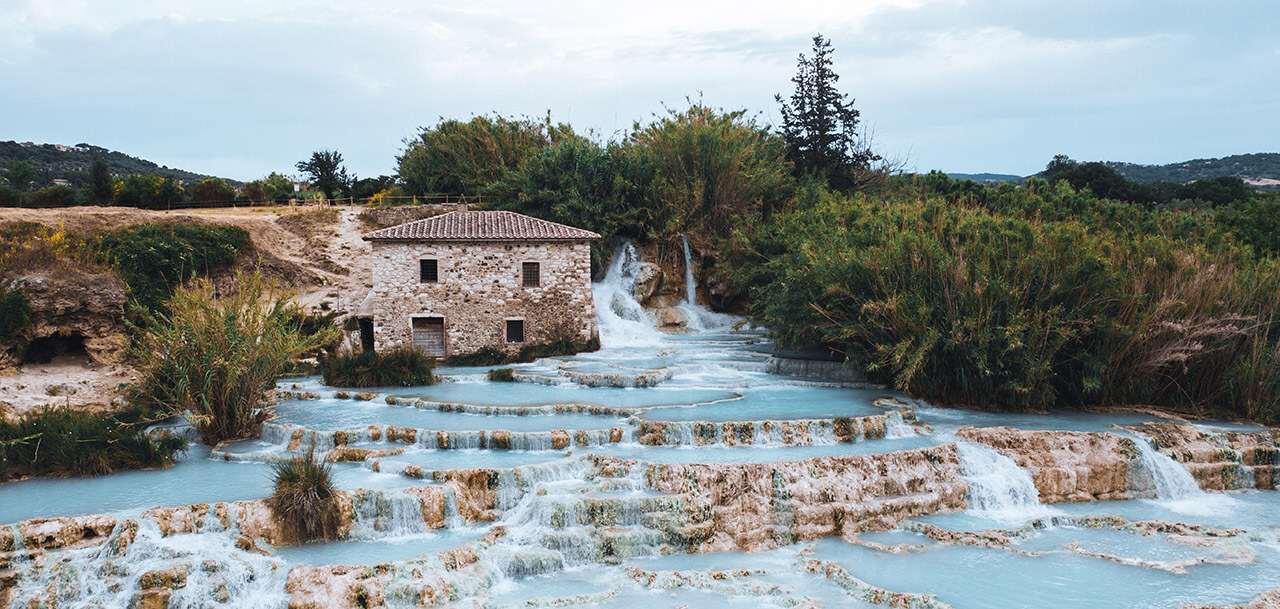
Tuscany, a region renowned for its breathtaking landscapes, unfolds a tapestry of natural wonders, and among them, the enchanting natural hot springs take center stage, especially in the southern realms. Now, if you happen to find yourself a bit distanced from the alluring gems nestled in Bagni San Filippo and Saturnia, fret not! Tuscany has a trove of alternative, equally inviting thermal baths eagerly awaiting your visit.
Picture this – immersing yourself in the warm embrace of these thermal havens, surrounded by the awe-inspiring beauty of Tuscan landscapes. It’s more than just a quest for relaxation; these thermal spots serve as portals to a bygone era, transporting you seamlessly from ancient Roman bathhouses to the contemporary luxury of modern wellness spas.
So, why not take the plunge, relish the soothing warmth, and let the layers of Tuscany’s rich history and culture wrap around you on this truly unique journey?
Italy Travel Secret
The natural hot springs, stay open even after sunset. Imagine yourself dipping your body into the warm waters under a starry sky, creating a unique and relaxing thermal experience, outside the norm, and perfect for an unusual winter evening in Tuscany.
3. Skiing
Tuscany weather in winter means there will be snow in the mountains. Although it’s not likely that you will experience snow in the cities, the ski resorts in Tuscany are thriving at this time.
The Val di Luce Spa Resort in Abetone is a luxury resort right by the ski slopes. The hotel provides amenities such as ski requirement rentals, a traditional Italian restaurant, and even a day spa to relax at after you hit the slopes.
Picture this – Tuscany decked out in winter’s snowy charm, and there you are at Val di Luce Spa Resort, where the thrill of skiing mingles with the laid-back luxury of a snowy escape. It’s the perfect recipe for an unforgettable winter retreat.
4. Food and Wine-Tasting Experiences
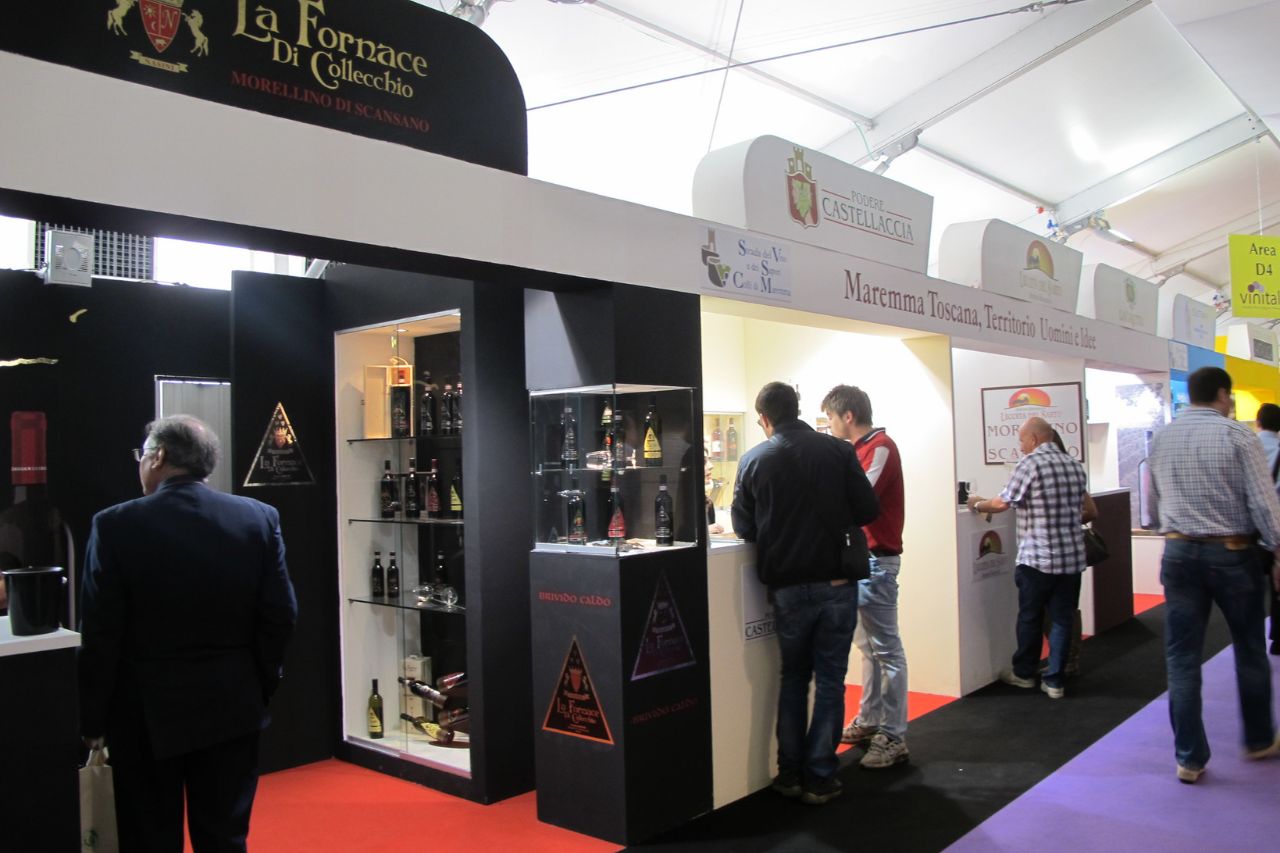
There’s no shortage of food and wine-tasting experiences in Tuscany, so it’s important to narrow down your options in advance. This is especially true if you plan on visiting different towns and have a care, as there are local locations that will have certain dishes or prepare food differently. The same can be said for wine-tasting experiences, as different regions will have different climates that are best suited for growing different grapes, resulting in different wine specialties.
Explore more: Best Wineries in Tuscany – Dreamy Wine Trips
5. Olive Oil Tasting with Freshly Produced Olive Oil

Imagine strolling through the gorgeous landscapes of Tuscany, not just for the fantastic food and wine but also for a taste of something truly special – freshly pressed olive oil. Tuscany doesn’t just offer olive oil; it’s a whole experience.
Think about being on a tour where they don’t just hand you a tiny cup for a sip – they walk you through the entire journey of making that liquid gold. You get the lowdown on how olives go from being plucked from the trees to getting squished into the rich, flavorful oil we love. It’s not just tasting; it’s like diving headfirst into the heart and soul of Tuscany’s olive oil story.
6. Exploring Christmas Traditions
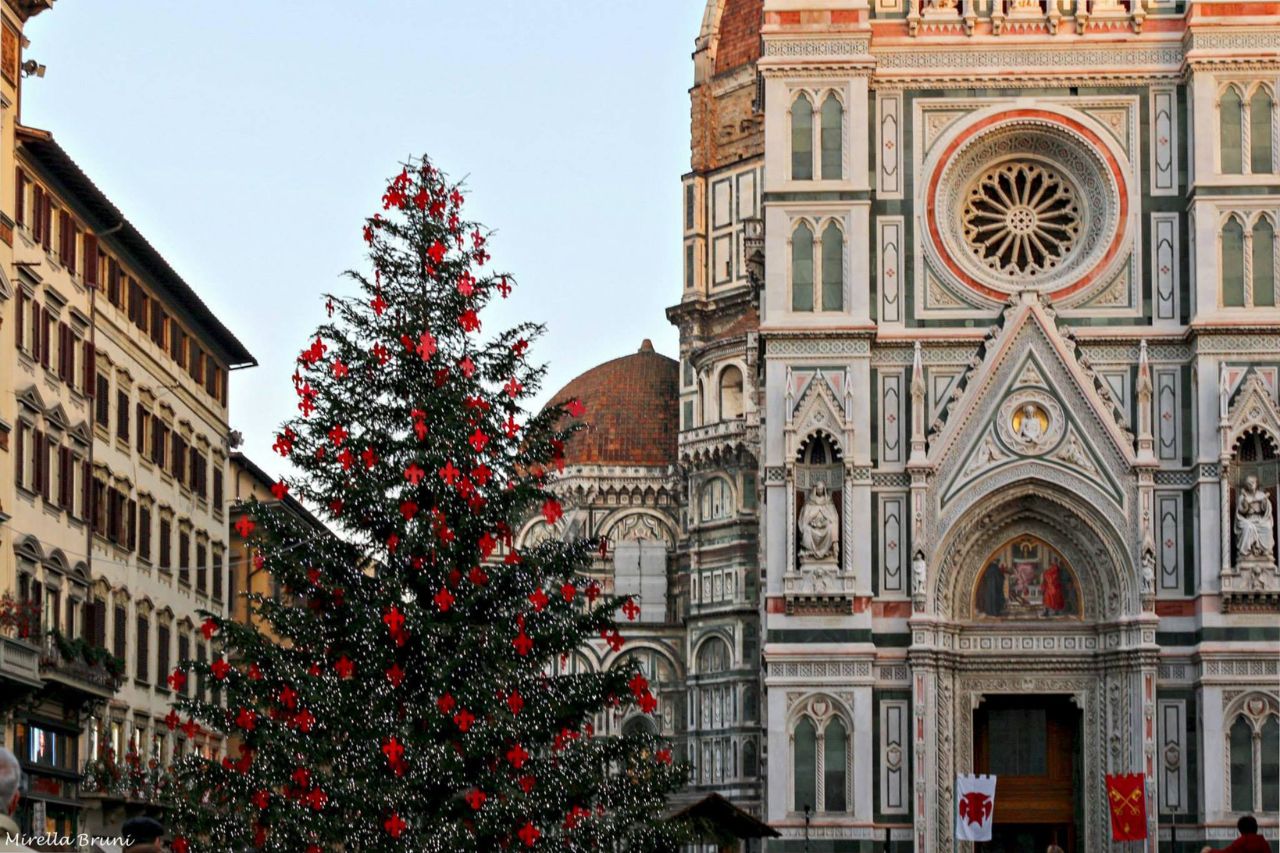
If your visit coincides with the festive season, Tuscany unfolds a winter wonderland of Christmas traditions that are sure to enchant. Wander through the charming Christmas markets, where local artisans showcase a treasure trove of homemade traditional Italian delights. Immerse yourself in the cozy ambiance as you explore stalls brimming with handcrafted ornaments, regional delicacies, and unique holiday gifts.
And here’s a delightful tip – these markets aren’t just about trinkets. Discover special holiday wines that grace the stalls, offering a perfect blend of local flavors wrapped in festive cheer. Consider picking up a bottle or two as a thoughtful gift, a sip of Tuscany’s Christmas spirit to share with loved ones. Embrace the joy of the season as you navigate the festive markets, making your Tuscan holiday experience even more magical.
7. Carnival Time
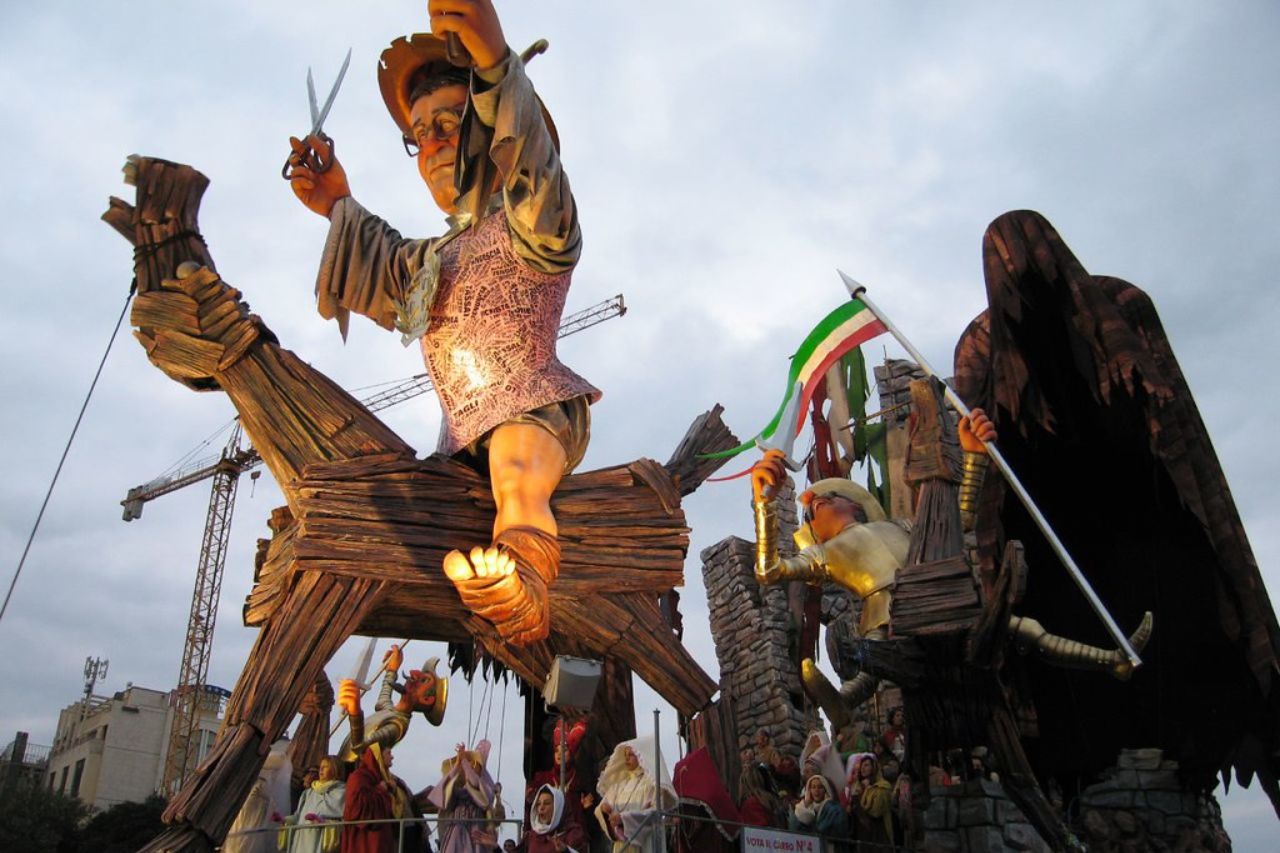
Even as winter wraps Tuscany in its cool embrace, the festive spirit remains undeterred. Enter the Carnevale Follonichese, a winter wonder where parades come alive with vibrant floats, pulsating concerts, and a spectacular fireworks display. Spanning the entire month of February, this carnival becomes a kaleidoscope of joy, defying the season’s chill.
But the revelry doesn’t end there. Brace yourself for the Carnival of Viareggio, stealing the spotlight in the winter months. Imagine this: colossal floats, some ranking among the largest globally, parading through the streets of Viareggio. This enchanting spectacle kicks off in January, injecting lively energy into every week until March. Tuscany doesn’t just weather winter; it turns it into a carnival-filled celebration, inviting locals and visitors alike to revel in the magic of the season.
8. Learning Italian
Many people opt to learn a bit of Italian before visiting, and locals appreciate the effort people take when trying to speak Italian. There is no better way to learn a language than by immersing yourself in it. So, it’s a prime opportunity to brush up on your knowledge. You can also expand your vocabulary by speaking with people who speak it natively and learn dialects and phrases you typically wouldn’t without being there.
9. Cooking Classes

What better place to learn how to cook authentic Italian meals than while you’re in Tuscany? Many travel to Tuscany for a culinary experience and journey, so there’s no shortage of amazing cooking classes. You may even go home knowing how to make your favorite Italian dish better than your local restaurant in the comfort of your own home.
10. Winter Marketplace Sales
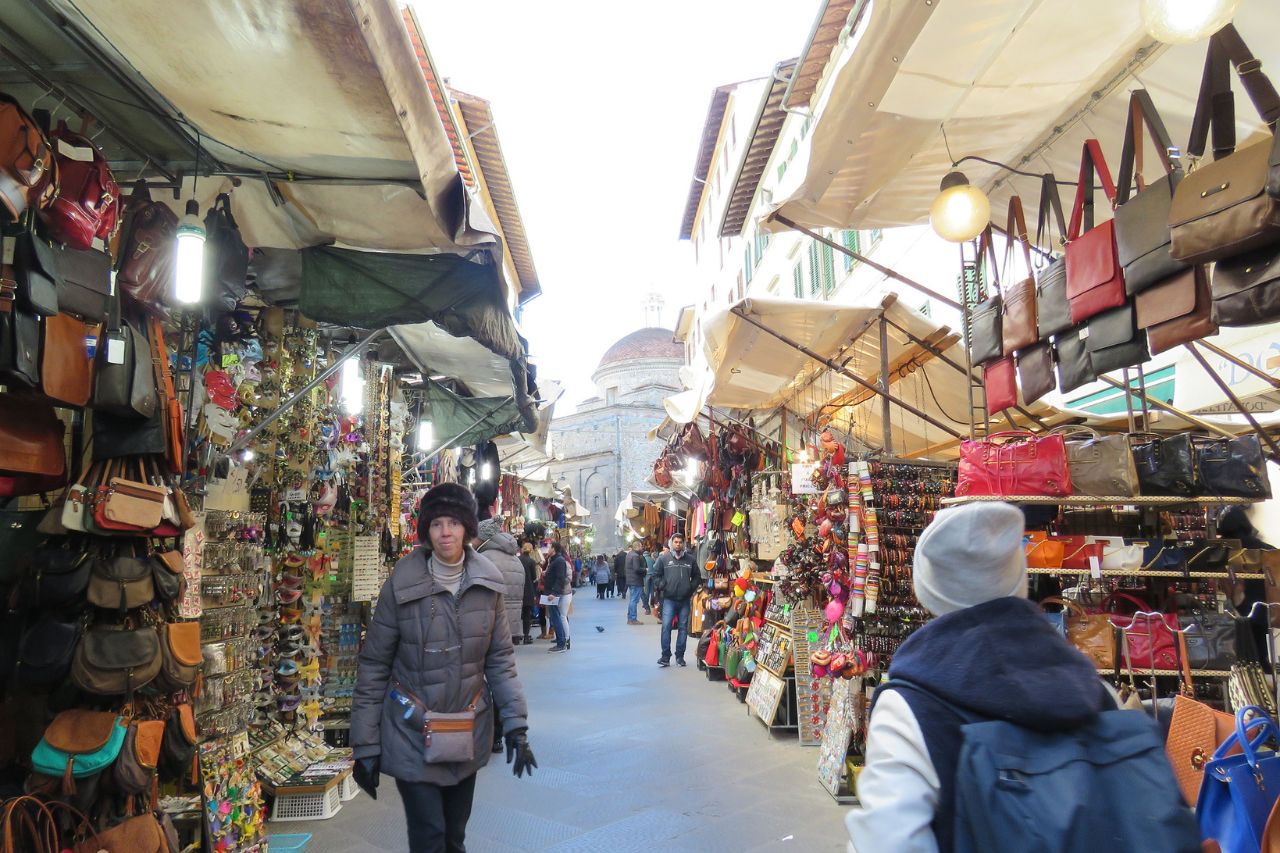
As mentioned before, there are markets where you can purchase Italian goods. Even though there are some special items available during the holidays, these markets also sell other things throughout the year. Many people love picking up new genuine Italian leather goods at these markets too (that are also handmade!).
Exploring these markets offers a delightful experience beyond seasonal finds. From delectable artisanal treats to captivating handcrafted souvenirs, visitors often revel in the diverse offerings, making each visit an opportunity to uncover the rich tapestry of Italian craftsmanship and culture.
Read more: What to Buy in Florence, Italy — Shop Artisan Fashion Goods
Best Places to Visit in Tuscany in Winter
Tuscany has a lot of towns that have preserved their Renaissance charm extremely well. So, the museums and towns are robust with history and maintain their historic feel very well. Particularly the city of Siena does this really well, but we’ll go more into the details of great cities to visit in Tuscany in winter below.
Florence
Florence is a city known for its ties to the Renaissance and Italian culture. It is also a great option for people looking for an authentic Italian experience, with less of a crowd. Especially with Florence being one of the most visited destinations in Europe, there are plenty of activities and robust experiences even in winter. Not to mention, with Florence being such a hot destination, avoiding larger crowds is likely a priority for many travelers.
Explore more: Florence In February – 10 Things to do on your Next Visit
Pitigliano
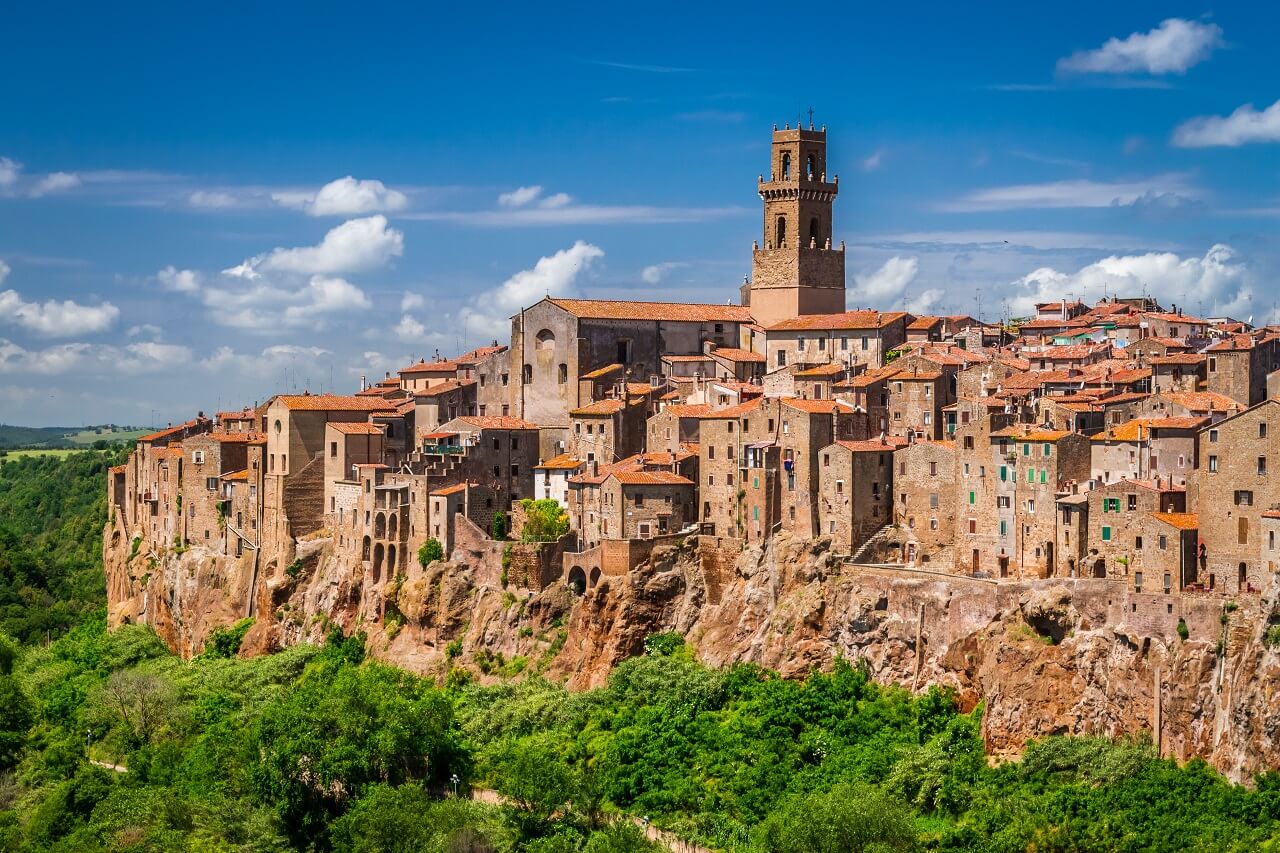
Pitigiliano is one of the smaller towns on this list, so it’s a great option for people looking for a quaint town to enjoy. Pitigliano is unique as its history is extensive and is even known as “Little Jerusalem”. The buildings are also made of volcanic ash and are preserved very well. Pitgilano is also close to the hot springs of Bagni San Filippo, so you can make a day trip out of both of these locations.
Saturnia
Saturnia is a smaller spa town that’s about a 3-hour drive away from Florence. This town is well known for its natural hot springs, the Terme di Saturnia. The hot springs in Saturnia are a tourist favorite and are on many traveler’s bucket list. Not to mention, visiting the hot springs is free and available 24/7 for anyone to go to.
Bolgheri
If wine tasting is on your to-do list in Italy, Bolgheri is the perfect town to stop by in. Bolgheri has a climate that produces grapes that create excellent red wines. Bolgheri also has The World Wine Town of Castagneto Carducci, where you can learn more about the history of wine and of course, indulge in some wine tasting.
Porto Ercole and Monte Argentario
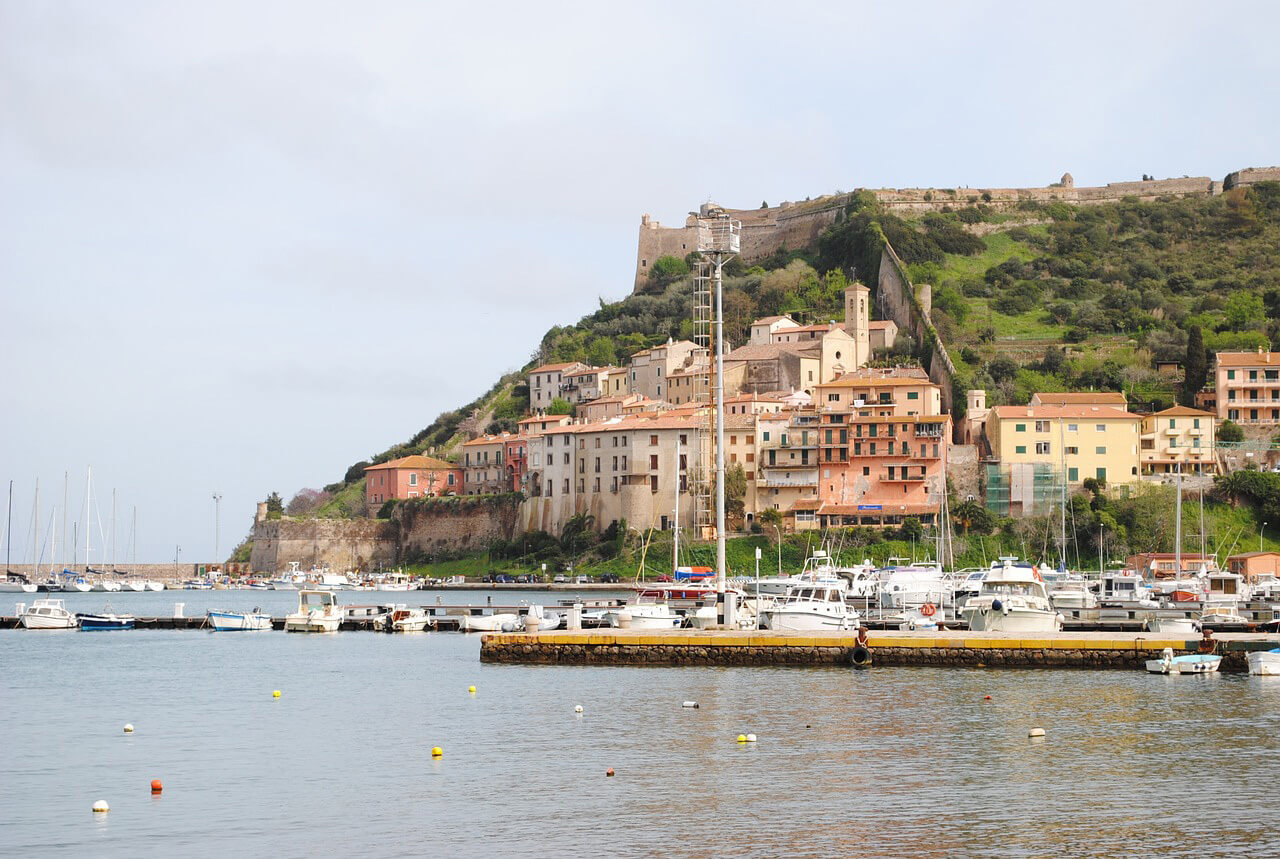
Porto Ercole is a seaside town in Monte Argentario. Since it’s a seaside town, the weather is a bit more mild with the average daily temperature of around 60°F during winter. This makes Porto Ercole the perfect place for people who still want to avoid weather that is too chilly.
Additionally, with Porto Ercole being a seaside town, you can do additional activities such as snorkeling, boating, and even beach days.
Siena
Siena is a city that has preserved a lot of the architecture from medieval Italy, as it used to be one of the most important cities in medieval Europe. Today it is known for its art and museums, as many Renaissance painters were also born and painted in Siena.
Not to mention Siena is also only just an hour’s drive outside of Florence, so if you have a car, you definitely can’t go wrong with visiting Siena.
Explore more: 17 Day Trips from Siena – Discover Slices of Tuscan Life
San Gimignano
Most of the towns in Tuscany really excel at capturing and maintaining their medieval beauty and charm. Sam Gimignano does this particularly well, as it is a walled city with several tower houses. These towers offer an unforgettable skyline that still maintains its medieval feel. So, be sure to take advantage of these amazing photo opportunities without a bustling crowd in the way.
Viareggio
If you are looking for more of a coastal experience during your Tuscany trip then Viareggio is the perfect destination. Viareggio has a seaside resort that is right by their famous carnival. A lot of carnivals are known to take place in the warmer months, but that’s not the case in Viareggio.
Pienza and the Val d’Orcia
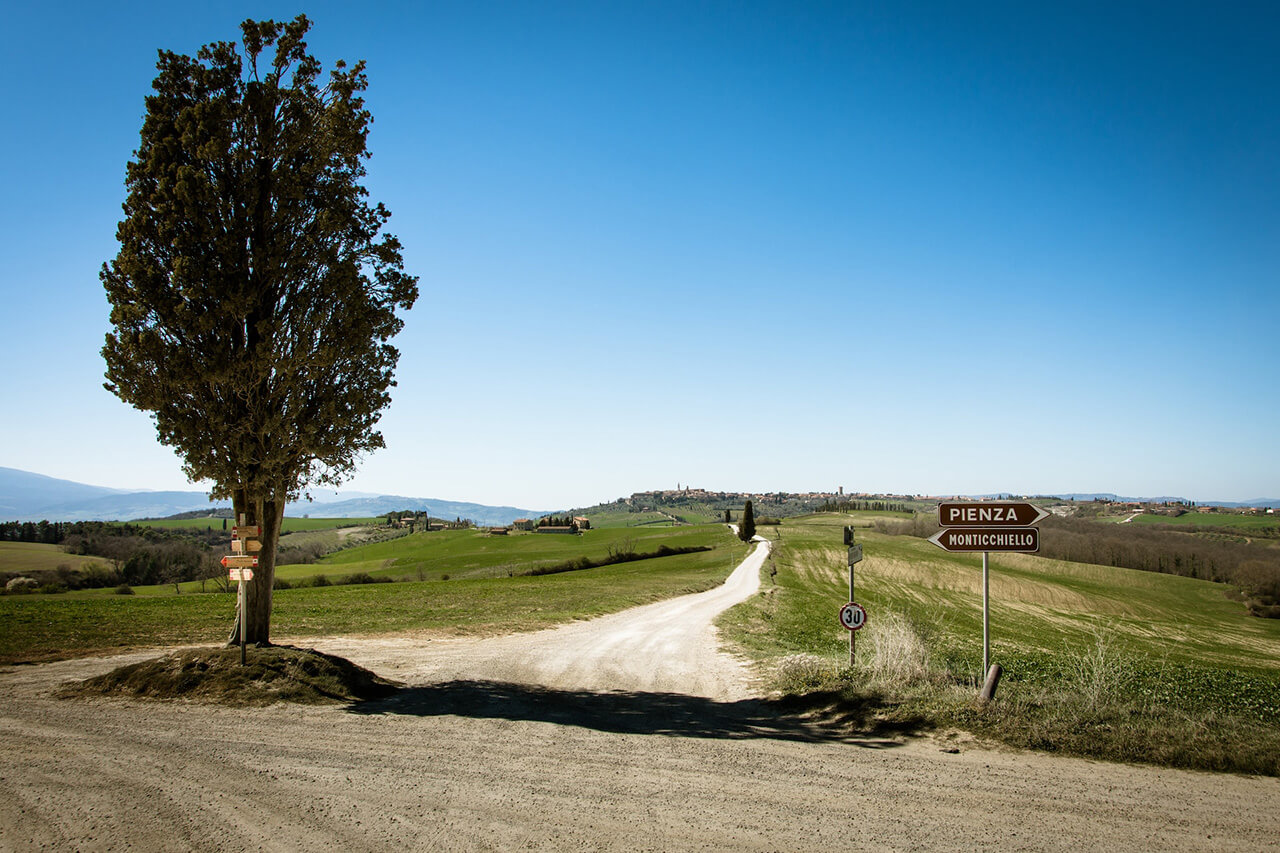
The Val d’Orcia and Pienza are places that have a lot to offer. Pienza is known to be a beautiful town, literally curated to be an “ideal city” by Pope Pius II.
The Val d’Orcia is a valley known for its gorgeous rolling hills. Not to mention that the roads that cross the Val d’Orcia to get to Pienza are renowned for their beauty.
Both locations are stunning and also offer delicious local cuisine for you to try.
Is Tuscany Worth Visiting in Winter?
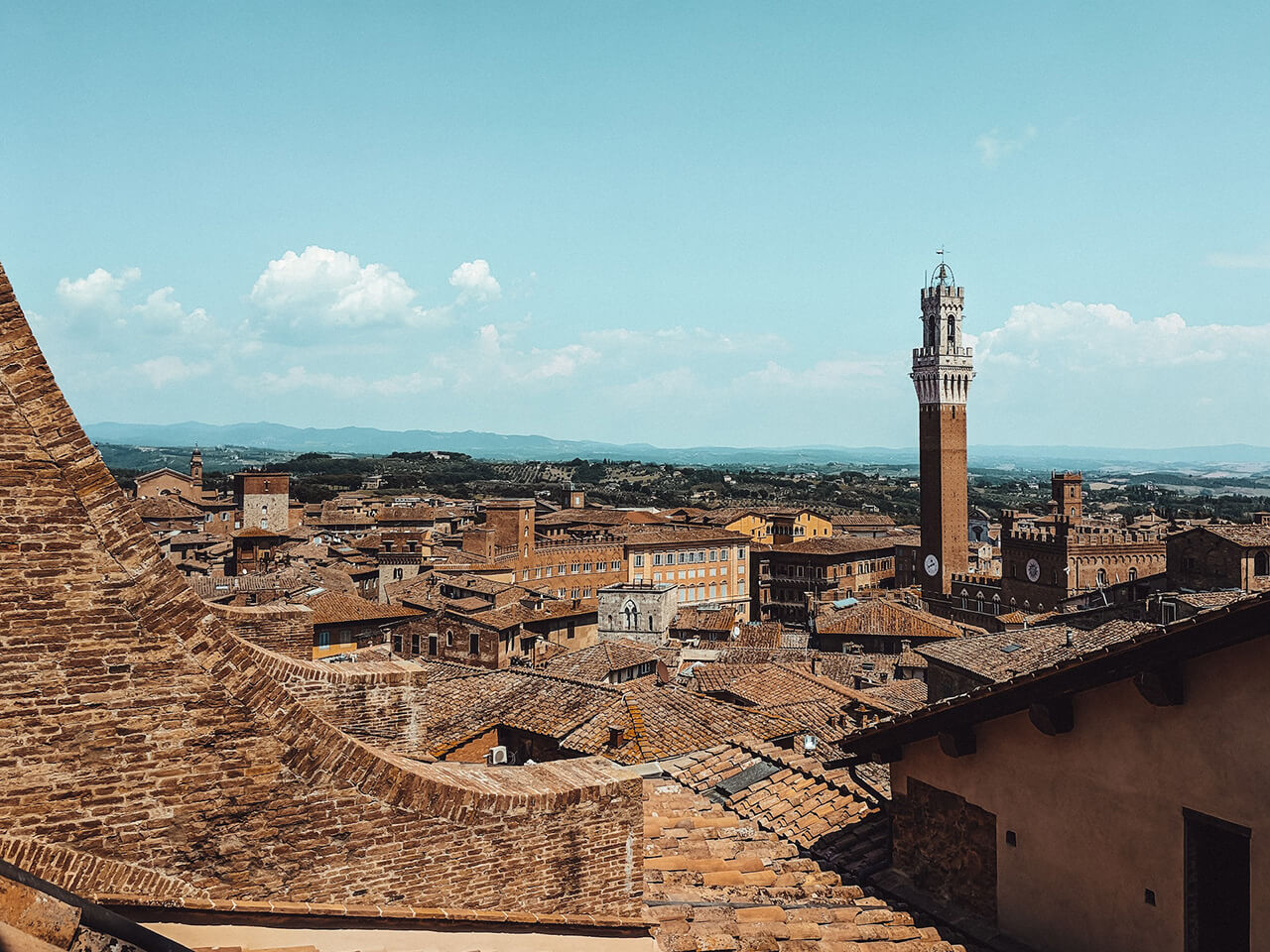
Visiting Tuscany in winter can save you a lot of money. Winter in Tuscany means fewer crowds and more affordable prices. All while still getting to experience most of the same activities people do in warmer months (not to mention the thermal baths feels amazing in chilly weather).
So, is visiting Tuscany in winter worth giving up the beautiful weather Tuscany experiences during the summer? In most cases, the answer is a resounding yes! However, it is important to consider exactly what you want to do, as there are different festivals and events that happen between the seasons.
Explore more: Florence in Winter – Visiting During the Off-Season
FAQs About Tuscany Weather in Winter
Here are the most frequently asked questions from tourists who wish to visit Tuscany in winter.
Does it Snow in Tuscany in Winter?
For those who do consider traveling to Europe in winter, one of the first questions they will investigate is whether or not it snows in the area they are going to. Tuscany does have snowy climates, and you will be more likely to encounter snow in Tuscany during the months of January and February.
However, do keep in mind that even though it does snow in Tuscany, it is usually just at higher elevations like mountains and rarely ever in the actual cities.
How Cold Does Tuscany Get in Winter?
Tuscany encompasses a general region of Italy, so the weather will vary depending on the city focus. However, you can expect some of the lower temperatures to be more inland, going as low as 37 degrees Fahrenheit in higher elevations. If you are looking to avoid the coldest temperatures, it’s best to stay around the coastal towns.
What is the Disadvantage of Visiting Tuscany in Winter?
The main con of visiting Tuscany in winter (aside from the chilly weather) is that not all attractions will be open and available to see. Events such as festivals and other outdoor activities occur in the warmer months. Additionally, you have to factor in the fact that attractions will be closed for the holidays.
So, if you prefer to travel to Tuscany in winter, make sure to double-check that the attractions you want to visit will still be open!
Conclusion
In the quiet embrace of Tuscany’s winter, there’s an enchanting beauty that goes beyond the postcard-perfect summers. Here, the mist-kissed landscapes and ancient cities like Florence and Siena reveal a more personal charm without the bustling crowds. Winter’s touch transforms these places into intimate, welcoming havens. The local markets, adorned with festive cheer, invite you to savor the heartwarming flavors of Tuscan life. From hearty winter dishes to the genuine warmth of the people, Tuscany in winter whispers a different kind of magic—one that unravels slowly and invites you to discover the timeless allure of this region in a way only winter can reveal.


